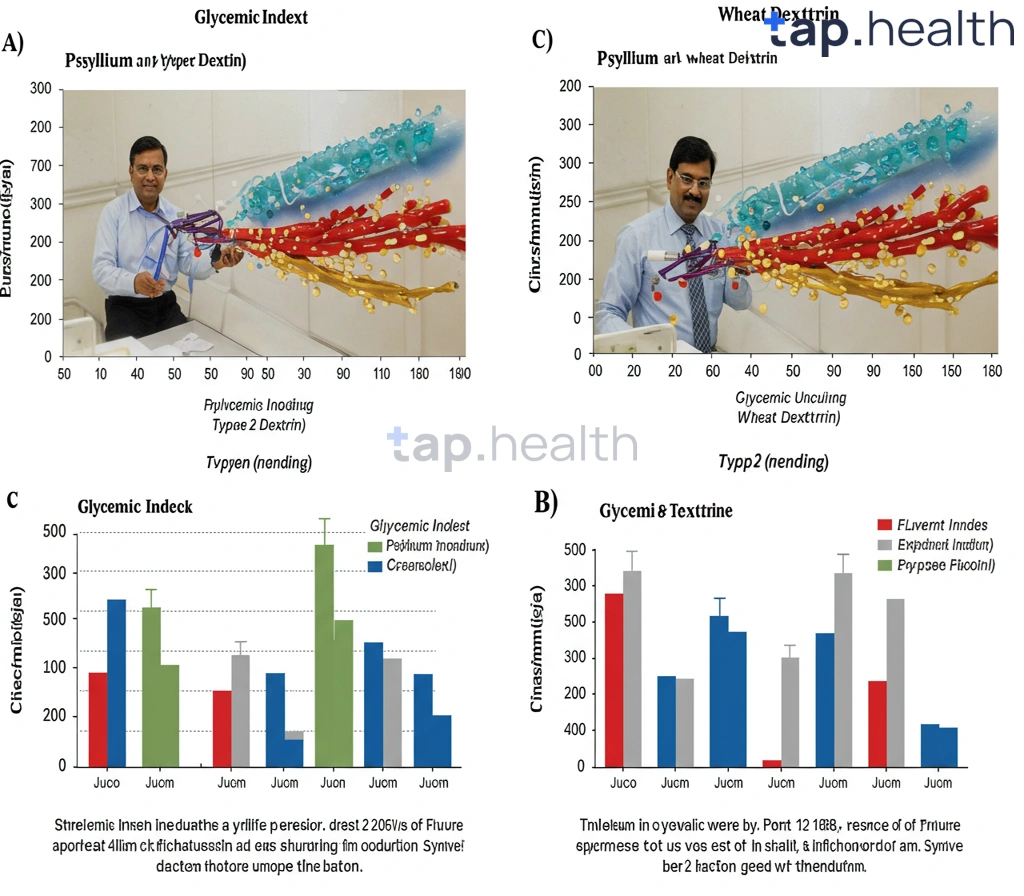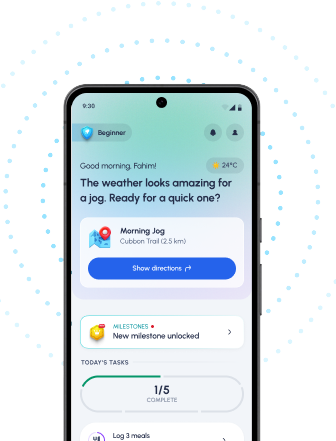Table of Contents
- Grilled Fruit with Balsamic Glaze: A Diabetic Delight?
- Healthy Grilled Fruit Dessert: Balsamic Glaze Recipe
- Easy Diabetic Dessert: Delicious Grilled Fruit Recipe
- The Best Grilled Fruit & Balsamic Glaze: Diabetes-Friendly
- Is Grilled Fruit with Balsamic Glaze Good for Diabetes?
- Frequently Asked Questions
- References
Tired of the same old boring desserts that leave you feeling guilty and sluggish? Craving something sweet but worried about your blood sugar levels? Then prepare to be amazed! This blog post is all about Delicious Grilled Fruit with Balsamic Glaze: A Diabetes-Friendly Dessert – a simple, yet incredibly flavorful recipe that’s both satisfying and surprisingly healthy. We’ll show you how to transform everyday fruit into an extraordinary treat that’s perfect for satisfying your sweet tooth without the diabetes-related concerns. Get ready to discover a new favorite dessert!
Grilled Fruit with Balsamic Glaze: A Diabetic Delight?
Enjoying delicious desserts while managing diabetes can feel like a tightrope walk. But what if we told you a simple, naturally sweet treat could satisfy your cravings *and* fit within your dietary needs? Grilled fruit with balsamic glaze offers a delightful alternative to sugary desserts, particularly appealing to those in Indian and tropical countries where fresh, seasonal fruits abound.
Understanding Carbohydrate Intake
For individuals with diabetes, managing carbohydrate intake is crucial. Generally, a meal plan might suggest 45–60 grams of carbohydrates per meal, but this varies greatly depending on individual needs, activity levels, and medication. Therefore, portion control is key when incorporating grilled fruit into your diabetic diet. Choose fruits lower on the glycemic index, such as mangoes, pineapples (popular in tropical regions), or even papayas and berries abundant in India, to help minimize blood sugar spikes. Considering other food choices is also important, and you might wonder, for example, Can a Diabetic Eat Grilled Cheese? The answer, like with grilled fruit, depends on portion size and overall dietary planning.
Regional Fruit Selection and Preparation
The beauty of this dessert lies in its adaptability. In India, imagine grilling juicy slices of mango or pineapple, their sweetness enhanced by the tangy balsamic glaze. Alternatively, in tropical countries, consider grilling papaya or guava for a unique flavour profile. Remember to choose ripe, but firm fruits for best results. Grilling caramelizes the natural sugars, intensifying their flavour without adding refined sugars. A small drizzle of balsamic glaze adds a touch of sophistication and a delightful contrast in sweetness and acidity.
Making it a Diabetic-Friendly Treat
To ensure your grilled fruit dessert remains diabetes-friendly, focus on portion size. Start with a small serving and monitor your blood sugar levels afterward. Consider adding a sprinkle of cinnamon – it’s known to help regulate blood sugar. This simple dessert provides a satisfying and healthier alternative to traditional high-sugar options. Experiment with different fruit combinations and enjoy the delicious and healthy reward! Consult your doctor or a registered dietitian for personalized dietary advice tailored to your specific needs. Understanding the impact of different foods is crucial, and if you’re curious about other common foods, you might find our article on Can Diabetics Eat Grilled Cheese Sandwiches? helpful.
Healthy Grilled Fruit Dessert: Balsamic Glaze Recipe
A Delightful and Diabetes-Conscious Treat
Did you know that daily consumption of sugary beverages raises your diabetes risk by a significant 26%? Choosing healthier alternatives is crucial, especially in regions like India and across the tropics where fresh fruit abounds. This recipe offers a delicious and diabetes-friendly dessert option, perfect for satisfying your sweet tooth without the guilt. Grilled fruit, with its natural sugars and enhanced flavors, offers a fantastic way to enjoy a sweet treat while managing blood sugar levels effectively. For more information on choosing fruits that are kind to your blood sugar, check out our article on Low Glycemic Index Fruits | Tap.Health.
Choosing Your Fruits and Grilling Techniques
For this recipe, consider using fruits readily available in tropical and Indian regions such as mangoes, pineapples, bananas, papayas, or even seasonal berries. Grilling brings out the natural sweetness and creates a delightful caramelization. Simply slice your chosen fruits, brush them lightly with a little coconut oil (a healthier alternative to butter), and grill them over medium heat until they’re tender and slightly charred. Remember to avoid over-grilling, as this can lead to burning and loss of nutrients.
The Magic of Balsamic Glaze
The balsamic glaze adds a touch of sophisticated tanginess that perfectly complements the sweetness of the grilled fruit. A simple balsamic glaze can be made by simmering balsamic vinegar until it reduces and thickens into a syrupy consistency. Drizzle this over your grilled fruit for a flavor explosion. You can also add a dash of cinnamon or cardamom for an aromatic twist, particularly appealing to Indian palates.
Serving Suggestions and Regional Variations
Serve your grilled fruit with balsamic glaze as a refreshing dessert or a light snack. In India, you could consider serving it with a dollop of plain yogurt for added creaminess and probiotics. Across tropical regions, a scoop of coconut ice cream would be a delightful addition. Remember to enjoy this healthy dessert in moderation as part of a balanced diet. Embrace the abundance of fresh, delicious fruit available in your region and enjoy a guilt-free sweet treat! This recipe is also a great way to incorporate ingredients that contribute to Skin-Healthy Meals for Radiant Skin: Easy & Delicious Recipes.
Easy Diabetic Dessert: Delicious Grilled Fruit Recipe
Enjoying a sweet treat doesn’t have to be off-limits for those managing diabetes. This simple grilled fruit recipe offers a delicious and diabetes-friendly alternative to sugary desserts, helping you maintain healthy blood sugar levels while satisfying your sweet tooth. Many people with diabetes face serious complications, with nearly 15% experiencing foot ulcers throughout their lives, highlighting the importance of managing the condition through diet and lifestyle choices. This recipe is a small but significant step towards that.
Choosing Your Fruit
The beauty of this recipe lies in its adaptability. Tropical fruits abundant in India and other tropical regions, such as mangoes, pineapples, and papayas, are perfect choices. Their natural sweetness reduces the need for added sugars. Other options include bananas, peaches, and even firm pears. Remember to select ripe but firm fruits to prevent them from falling apart on the grill. Consider the glycemic index (GI) of the fruits you choose; opting for lower GI fruits can help manage blood sugar spikes. For more information on the best fruits for diabetics, check out this helpful resource: 5 Best Fruits For People with Diabetics – Tap Health.
Grilling & Glazing
Simply preheat your grill to medium heat. Lightly oil the grates to prevent sticking. Grill the fruit slices for 2-3 minutes per side, or until grill marks appear and the fruit softens slightly. For a delightful twist, brush the fruit with a balsamic glaze during the last minute of grilling. The tangy sweetness of the balsamic glaze complements the grilled fruit beautifully and adds a sophisticated touch. You can even sprinkle a pinch of cinnamon for extra flavour.
Serving & Enjoying
Serve your grilled fruit immediately. This dessert is best enjoyed warm, allowing you to savor the caramelized flavors. It’s a perfect ending to a meal, a healthy snack, or even a refreshing dessert on a hot day. Consider serving it with a dollop of plain Greek yogurt or a sprinkle of chopped nuts for added texture and protein. Remember, managing diabetes is a journey, and making small, mindful choices like this can make a big difference in your overall health and well-being, significantly reducing the risk of complications like foot ulcers and subsequent amputations. If you’re looking to incorporate more dried fruits into your diet, List of Dry Fruits For Diabetic Patients to Eat – Tap Health offers some excellent suggestions. Enjoy this delicious and healthy treat!
The Best Grilled Fruit & Balsamic Glaze: Diabetes-Friendly
Enjoying a delicious dessert doesn’t have to be off-limits if you manage diabetes. In fact, with a little creativity, you can indulge in sweet treats that are both satisfying and health-conscious. Consider this: 61% of people living with diabetes are between the ages of 20 and 64, a demographic often juggling busy lives and limited time. This simple grilled fruit recipe offers a perfect solution for a quick yet delightful dessert that fits seamlessly into a healthy lifestyle. It’s especially relevant in hot Indian and tropical climates where fresh, seasonal fruit is abundant.
Choosing Your Fruit & Grilling Techniques
The beauty of this recipe lies in its versatility. Mangoes, pineapples, bananas, and papayas—all readily available in Indian and tropical countries—grill beautifully. Cut your chosen fruit into thick slices or chunks. Lightly brush with a little coconut oil or olive oil before placing them on a preheated grill. Grill until tender and slightly caramelized, approximately 2-3 minutes per side. Remember to monitor closely to prevent burning.
The Magic of Balsamic Glaze
Once grilled, drizzle your fruit with a high-quality balsamic glaze. The tangy sweetness of the glaze complements the natural sugars in the fruit, creating a balanced and irresistible flavor profile. A small amount of glaze goes a long way, and its rich taste satisfies sweet cravings without excessive sugar intake. This is crucial for managing blood sugar levels, particularly important given that 39% of those with diabetes are aged 65 and over, a group often focused on dietary control. For more information on choosing the right fruits, check out our guide on Which Dry Fruit is Good for Diabetes? It’s important to be mindful of the fruits you choose, and to avoid those that may negatively impact your blood sugar. You can also learn more about what to avoid with our article on 7 Worst Fruits for Diabetics to Avoid – Tap Health.
Making it a Part of Your Daily Routine
This recipe is perfect for a light dessert after a meal or a healthy snack. Its simplicity makes it ideal for busy individuals. Experiment with different fruit combinations and spices to create your own signature variations. Consider adding a sprinkle of cinnamon or cardamom for an extra touch of warmth and flavor, especially appealing to the Indian palate. Embrace the abundance of fresh, seasonal fruits available in your region to create a delicious and diabetes-friendly treat that’s both enjoyable and beneficial.
Is Grilled Fruit with Balsamic Glaze Good for Diabetes?
Managing blood sugar levels is crucial for individuals with diabetes or prediabetes. Understanding how different foods impact your blood glucose is key. While many desserts are off-limits, grilled fruit with balsamic glaze offers a surprisingly delicious and potentially diabetes-friendly option. Less than 140 mg/dL is considered normal blood sugar, while levels between 140–199 mg/dL indicate prediabetes, and 200 mg/dL or higher suggests diabetes. This dessert can help you maintain healthy blood sugar levels because of its low glycemic index (GI) fruits.
Choosing the Right Fruits
The key to a diabetes-friendly grilled fruit dessert lies in selecting the right fruits. Opt for fruits lower on the glycemic index, such as berries (strawberries, blueberries, raspberries—popular across India and tropical countries), pineapple, and mangoes (in moderation). These fruits release glucose into the bloodstream more slowly compared to high-GI fruits like bananas or watermelon. Remember portion control is still essential, even with low-GI fruits. For more information on specific fruits, you might find our article on Is Grapefruit Good for Diabetics? helpful.
The Balsamic Glaze Advantage
The balsamic glaze adds a touch of sweetness and tang without significantly impacting blood sugar. It provides a rich flavor profile that complements the grilled fruit beautifully. The small amount of added sugar in the glaze shouldn’t dramatically affect your blood sugar, especially when balanced with the low-GI fruits.
Tips for Indian & Tropical Climates
In hotter climates like those in India and tropical countries, grilling fruit can be particularly enjoyable. Consider using locally sourced, seasonal fruits for optimal freshness and flavor. Experiment with regional favorites like guava, papaya, or even plantains for a unique twist on this dessert. Always remember to monitor your blood sugar levels after consuming this dessert, and adjust your portion size accordingly to maintain optimal health. Enjoy this delicious and healthy treat responsibly! Exploring other fruits like Bael fruit could also provide interesting options for your diabetic diet.
Frequently Asked Questions
Q1. Is grilled fruit with balsamic glaze really suitable for people with diabetes?
Yes, it can be. Grilling fruit caramelizes its natural sugars, enhancing flavor without added sugar. Using lower glycemic index fruits like mangoes, pineapples, and berries, and controlling portion sizes are key to managing blood sugar.
Q2. What are the benefits of this dessert compared to other desserts?
This dessert offers a healthier alternative to high-sugar options. It uses natural sugars from fruit, avoids refined sugars, and provides a delicious, satisfying treat while helping manage carbohydrate intake.
Q3. How can I adjust the recipe to fit my individual needs and preferences?
The recipe is adaptable! You can use various regional fruits. Adjust portion sizes based on your blood sugar response and dietary plan. Consider serving it with yogurt or coconut ice cream for variations.
Q4. Are there any potential drawbacks or limitations to consider?
Portion control is crucial for managing blood sugar. Individual responses to different fruits vary, so pay attention to how your blood sugar reacts. Always consult with your doctor or dietitian for personalized dietary advice.
Q5. Where can I find more information or get personalized guidance?
It’s highly recommended that you consult a doctor or dietitian to create a diabetes management plan that is tailored to your specific needs and health status. They can help you determine appropriate portion sizes and fruit choices for optimal blood sugar control.
References
- A Practical Guide to Integrated Type 2 Diabetes Care: https://www.hse.ie/eng/services/list/2/primarycare/east-coast-diabetes-service/management-of-type-2-diabetes/diabetes-and-pregnancy/icgp-guide-to-integrated-type-2.pdf
- What is Diabetes: https://www.medschool.lsuhsc.edu/genetics/docs/DIABETES.pdf




